While some cinema purists would argue that all sequels are unnecessary, some stories have benefited from the franchise model. The Star Wars saga has had its ups and downs, but George Lucas’ 1977 original opened up a vast space fantasy universe for future generations of storytellers to play around in. James Bond’s episodic adventures have brought the same ongoing excitement of Ian Fleming’s original books to the big screen, and 007 has been reinvented over and over again.
There are a lot more examples of movies that should’ve been left alone, though. 1975’s Jaws isn’t even the only example on Steven Spielberg’s filmography.
10 Jaws (1975)
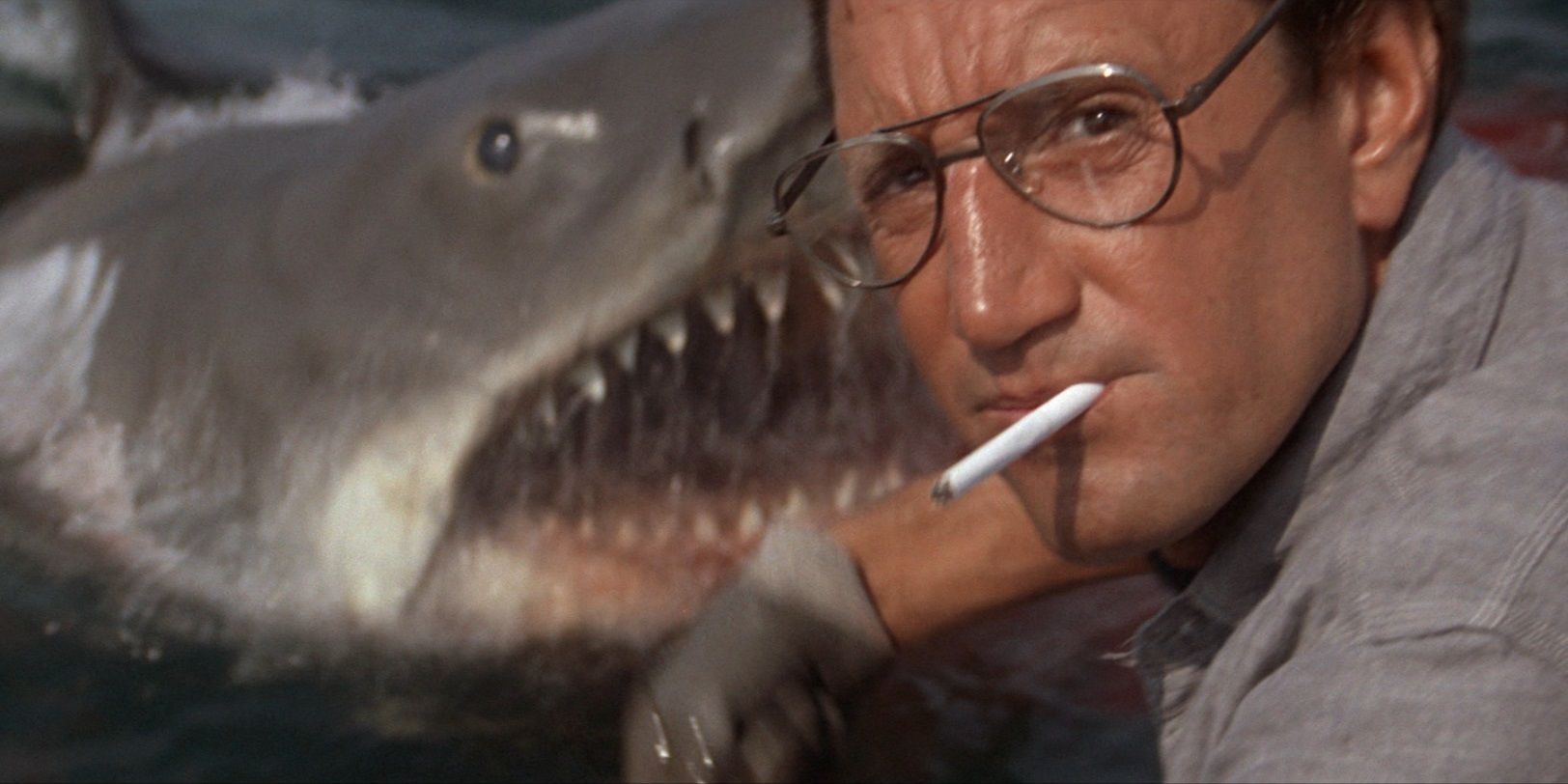
Steven Spielberg’s Jaws, adapted from the Peter Benchley bestseller of the same name, was a watershed moment in Hollywood history. It became the highest-grossing film of all time — one of the first-ever blockbusters — and established high-concept genre movies released in the summer as the industry standard. Spielberg executed Benchley’s B-movie premise with Hitchcockian suspense and real care for the characters. The result is a timeless masterpiece that’s just as effective nearly 50 years later.
Its first sequel paled in comparison to the original, but it was at least a passable shark thriller. The subsequent two sequels rank among the worst movies ever made. The original movie is so great that no amount of terrible sequels can tarnish its reputation, but it is a futile endeavor.
9 The Blues Brothers (1980)
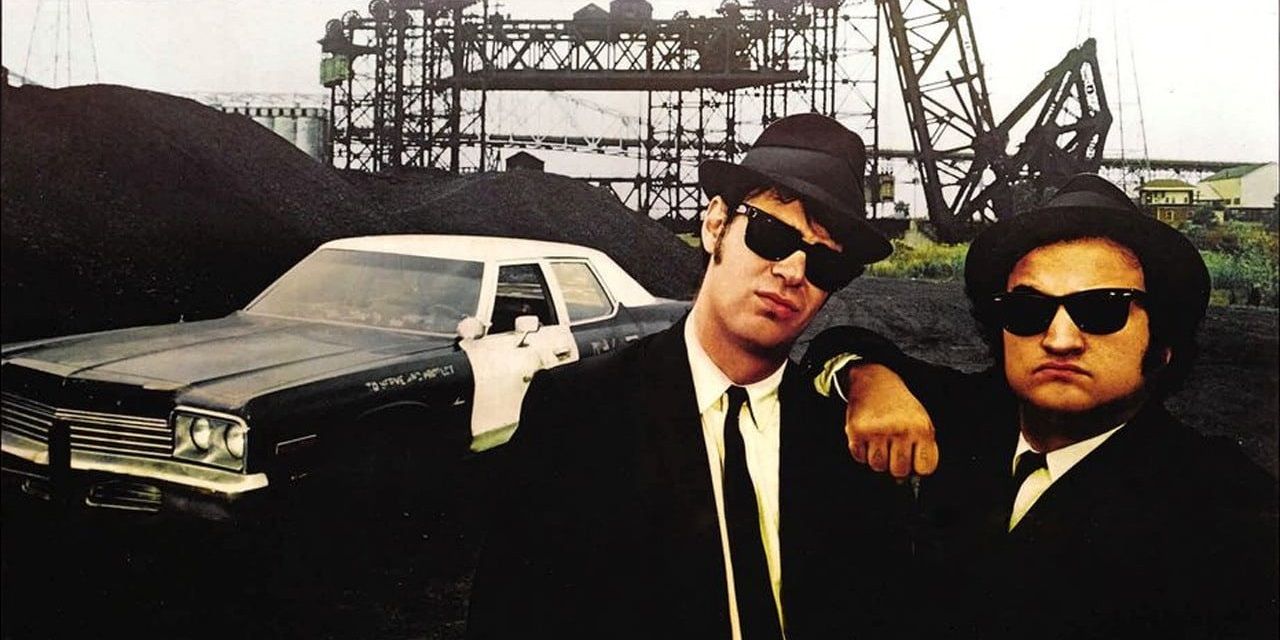
While the vast majority of feature-length films adapted from SNL sketches are doomed to fail, John Landis’ The Blues Brothers is one of the funniest comedies ever made. Dan Aykroyd and John Belushi effortlessly translated Jake and Elwood Blues to the screen with a healthy dose of musical panache.
On top of the risk of tarnishing the legacy of the original, the prospect of a Blues Brothers sequel suffered from Belushi’s tragic passing. Aykroyd replaced Belushi with John Goodman and made Blues Brothers 2000, whose impeccable soundtrack couldn’t redeem its limp script.
8 Alien (1979)
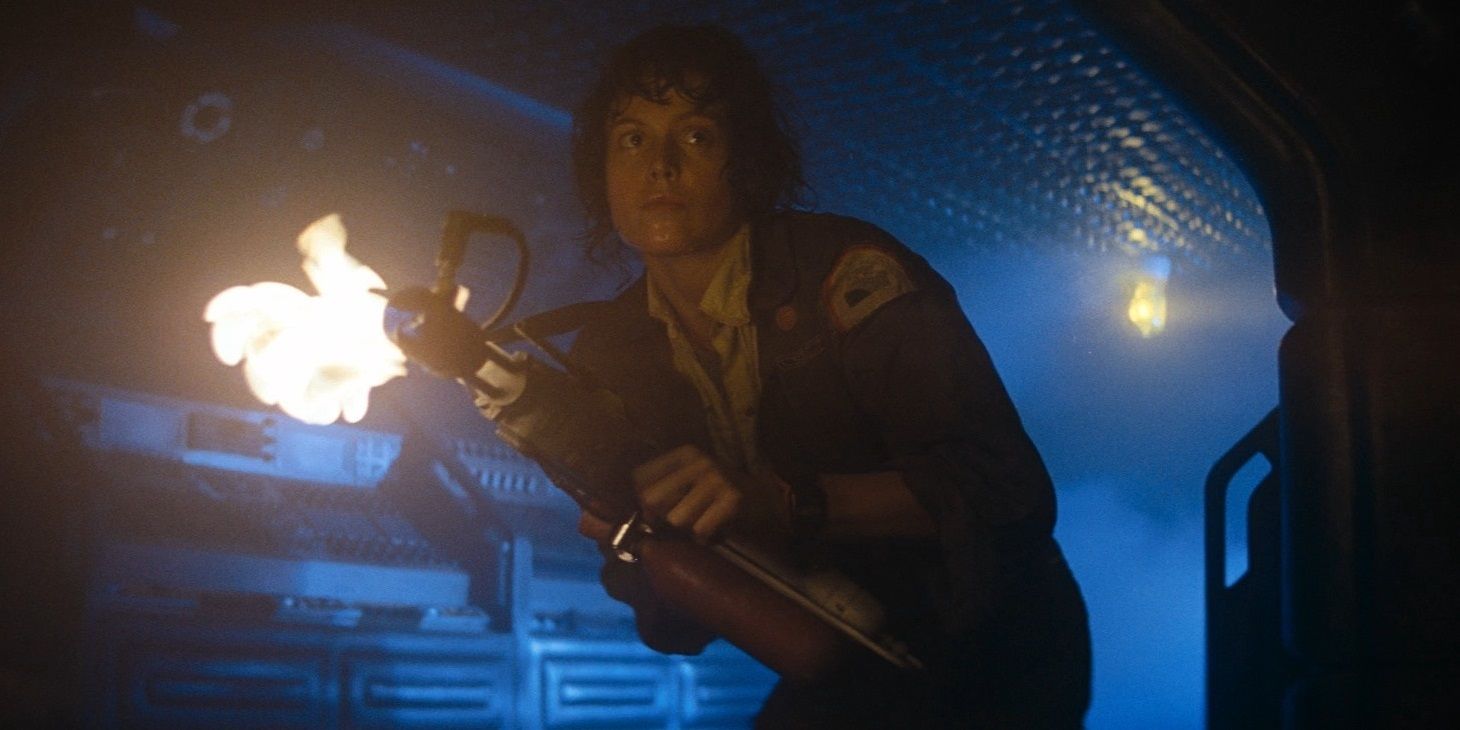
The first sequel to Ridley Scott’s Alien — James Cameron’s Aliens — is one of the greatest sequels ever made that kept things fresh by switching genre from horror to action. But much like Cameron’s other perfect sequel, Terminator 2: Judgment Day, Aliens gave studio executives a formula for the franchise (T2’s “Terminator vs. Terminator” and Aliens’ “more xenomorphs = scarier”) so they could keep beating a dead horse for decades.
Every subsequent Alien sequel has been forgettable at best and reprehensibly bad at worst. And the prequels explaining the xenomorphs’ origins don’t need to exist, because no one asked for the xenomorphs’ origins, just like it would be a terrible idea to do a movie about the shark from Jaws being born. Scott’s original Alien movie is one of the great horror masterpieces of all time — it’s like making a franchise out of Don’t Look Now or Rosemary’s Baby.
7 The Sting (1973)
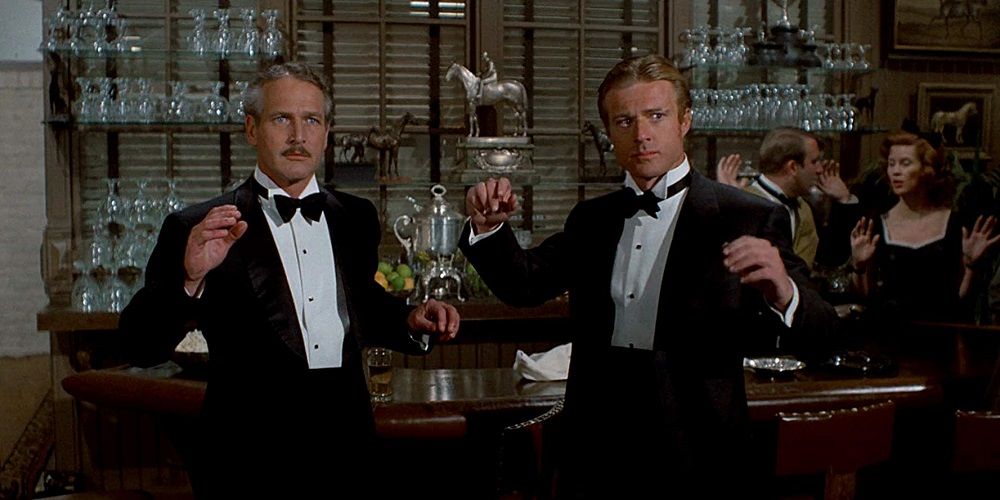
George Roy Hill's '30s-set caper The Sting is a delightful gem starring Paul Newman and Robert Redford in yet another iconic on-screen pairing. The complex plot sees two grifters conning a mob boss, played by Jaws’ Robert Shaw.
If the sequel had reteamed Newman and Redford (and Hill, ideally), that would be one thing, but 1983’s The Sting II didn’t involve any of them. It had an entirely new cast led by Jackie Gleason and it was mounted as a straight comedy.
6 The Exorcist (1973)
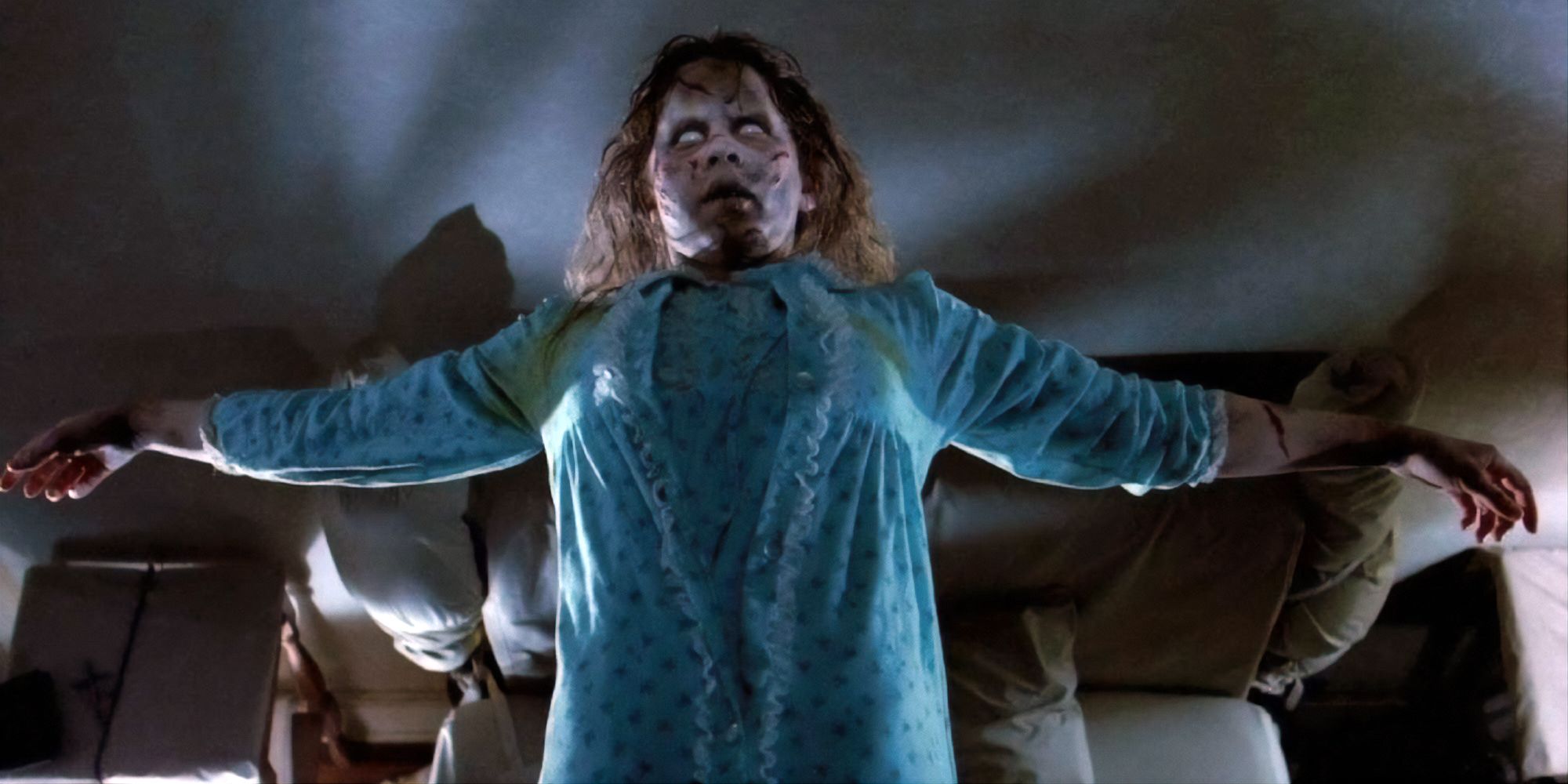
William Friedkin’s The Exorcist was the scariest movie of a generation. It held the title of highest-grossing R-rated horror movie ever made until it was surpassed by It in 2017. While The Exorcist's pacing is a little slow for today’s moviegoing sensibilities, its big scares still hold up.
The sequels just got worse and worse. A direct sequel to the 1973 original was recently announced with David Gordon Green at the helm. This will be Green’s second franchise-retconning horror sequel after 2018’s Halloween. But that’ll be very difficult to pull off.
5 First Blood (1982)
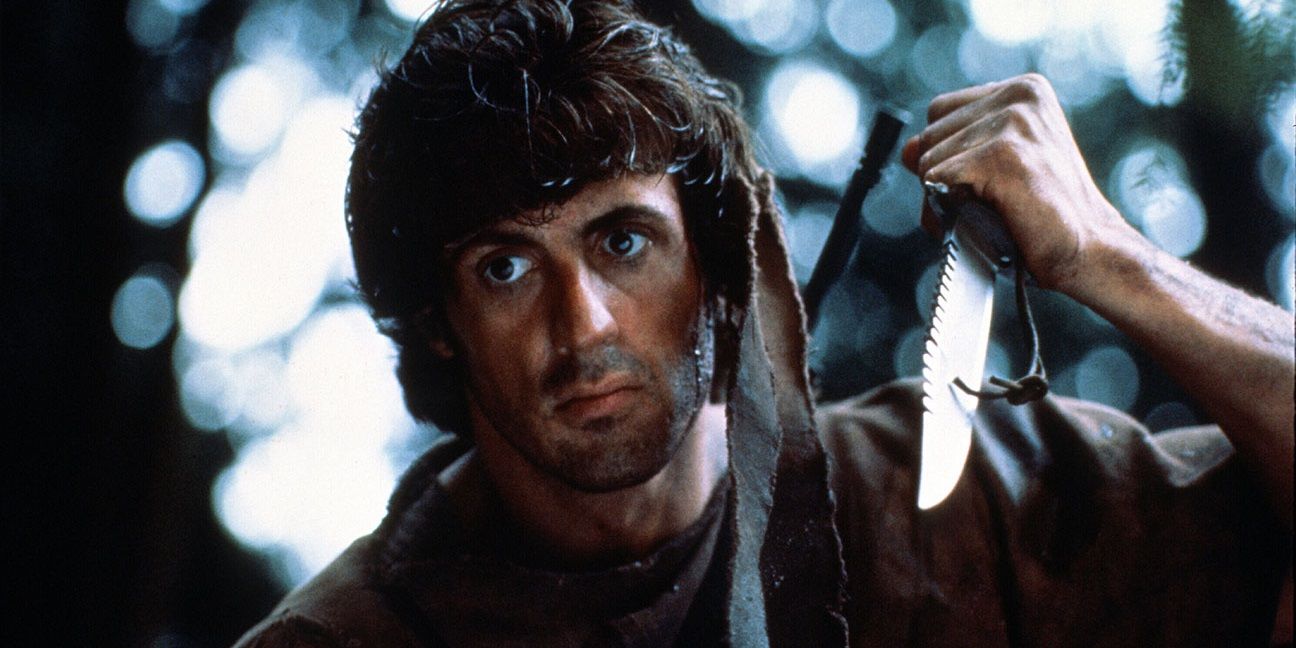
Ted Kotcheff’s First Blood, the first film to star Sylvester Stallone as John Rambo, is a contained thriller about a Vietnam War veteran who arrives in a small town, gets harassed by the cops (which triggers his PTSD), and takes on the entire police force — and later the National Guard — in the neighboring woods. The first Rambo movie is a poignant commentary on the treatment of Vietnam vets.
The first couple of sequels, First Blood Part II and Rambo III, threw these themes out the window and did a complete 180-degree turn into Reagan-era nationalism, glorifying warfare by depicting Rambo as a shirtless, oiled-up killing machine. 2008’s Rambo successfully married the all-action style of the sequels with the cynical anti-establishment tone of First Blood, but by then it was too little too late.
4 The Texas Chain Saw Massacre (1974)
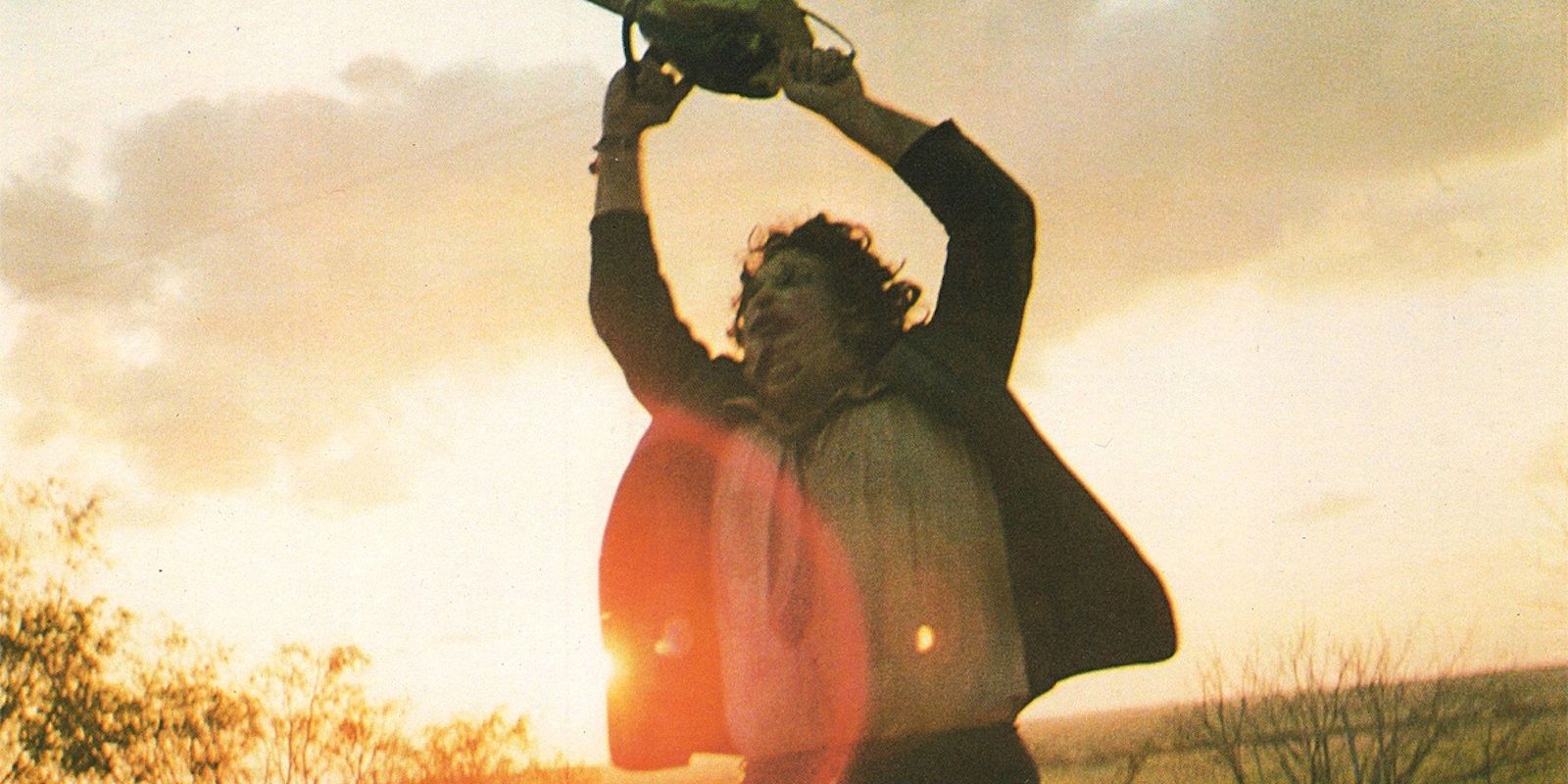
Tobe Hooper’s The Texas Chain Saw Massacre is still one of the scariest movies ever made. It’s surprisingly bloodless, with a lot of implied off-screen violence, which is much more effective than the sequels’ increasingly grisly on-screen killings.
Hooper helmed the first Texas Chainsaw sequel and gave it an absurdist comedic tone, which was at least different but didn’t work at all. Every subsequent movie has doubled down on Leatherface brutally chainsawing people to death.
3 Airplane! (1980)
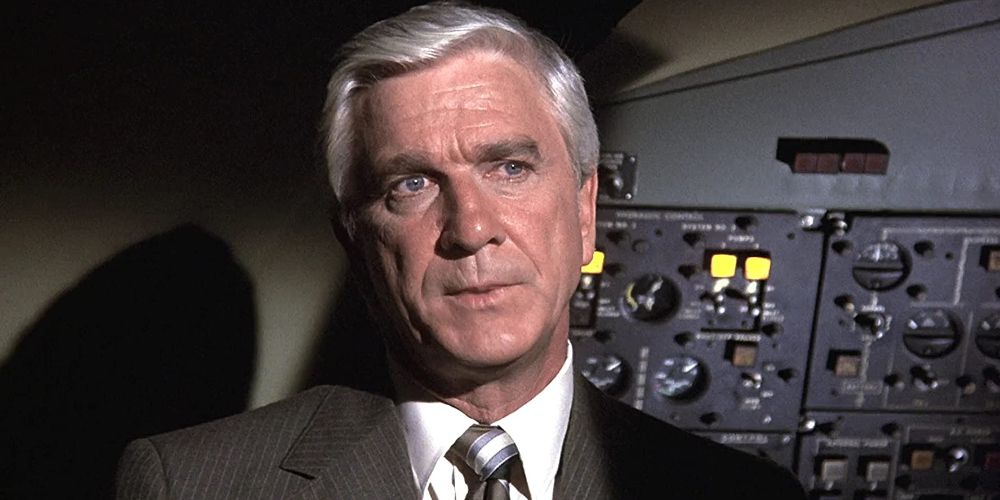
The comedy dream team of ZAZ caught an old disaster movie called Zero Hour! on TV late one night and eventually turned it into their first narrative film, Airplane!, one of the greatest comedies in Hollywood history. Airplane! is wall-to-wall jokes and all the jokes land.
Like most comedy sequels, Airplane II: The Sequel! is almost completely forgettable. It has its moments — it’s not truly unwatchable like Zoolander 2 or Dumb and Dumber To — but it’s no match for the original.
2 Psycho (1960)

More than two decades after the release of Alfred Hitchcock’s thriller masterpiece Psycho, Psycho II dragged Anthony Perkins and Vera Miles back into the roles of Norman Bates and Lila Crane for a generic slasher completely unbefitting of the legendary Psycho name.
Ironically, the studio only made the sequel to compete with the source material’s author, Robert Bloch, who wrote a novel called Psycho II to satirize Hollywood slasher franchises.
1 Jurassic Park (1993)
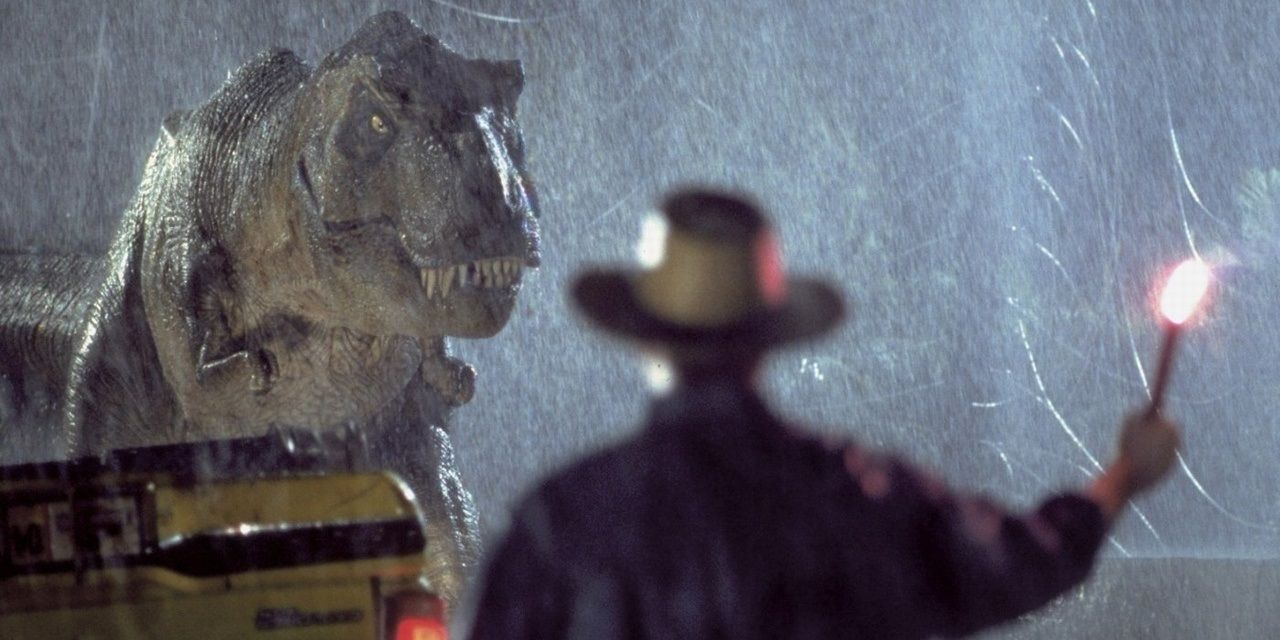
Two decades after he directed a monster movie that became the highest-grossing movie of all time and changed Hollywood forever, Steven Spielberg did it again with his groundbreaking adaptation of Michael Crichton’s Jurassic Park. With Jaws, Spielberg created the summer blockbuster. With Jurassic Park, he threw CGI into the mix.
Essentially, Jurassic Park is a Frankenstein story exploring Mary Shelley’s themes of the dangers of playing God with scientific breakthroughs. The first Jurassic Park movie captured these themes perfectly and wrapped them up in a neat bow in the action-packed finale. All four of its sequels have failed to justify their existence — the compelling characters, taut suspense, and nuanced themes of the original are all missing.
from ScreenRant - Feed https://ift.tt/2OLKJWN


0 Comments